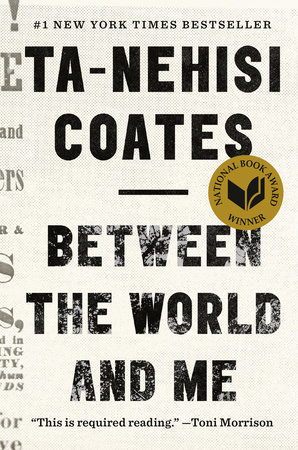Walter Terry, “An Effort to Save the Masterpieces of Modern Dance.” Smithsonian, Oct. 1980, p. 61-69.
The procedure for mounting each of the historic dances in “early Years” varied. Rehearsals went on in company studios or in the University of Utah’s old Kingsbury Hall. But coaching sessions and practice also took place wherever and whenever there was time; individuals sought out advice from from New York to Hollywood. They sat in screening rooms at the Dance Collection of the New York Public Library, the greatest dance archives in the world, or they huddled by screens at home to see movies, whole and fragmentary, of the dances they were preparing. They sprawled on studio floors while listening to reminiscences and they rehearsed and sweated on those floors as they strove to capture the past
On occasion, someone from he Dance Notation Bureau in New York City would come to them with the score of a dance recorded in Labanotation, a highly accurate and detailed system. (It is named after Rudolf von Laban, pioneer, along with Mary Wigman of Germany’s modern dance, and it can record the position of thumb and the flicker of an eyelid as well as vast patterns by a huge company. After notation set the dances, “live” experts would come to place final touches because, says Chmelar, commenting on one weakness of the notation system, “the breath of life is missing.”
COMMNET
But what about movies? What about the that Labanotation? The problem is, says Robin Chmelar who performed Isadora Duncan choreography in the show, "the breath of life is missing."
Walter Terry, the dance critic who wrote the article, hated this project. “In theory, the multiple-source procedure used by the RDT to stage its fist program of historic dances was admirable. But there were pitfalls," he wrote. Terry believed that the movements of modern dance are inextricably connected to the original style of the original dances, and that the dances could only be properly transmitted by a teacher/guru who had learned the original. Linda C. Smith, who was Executive/Artistic co-director of RDT felt differently. If the dance had validity, she responded, then it had validity on her dancing body.
In library terms these two are arguing over preservation issues. In Terry's view, the recorded traces in the archive are memory aids, but not living documents. Smith, by contrast, views the archives as preserving a form of memory that can be re-activated in a meaningful way.
I actually saw this program back in the 1980s, and it made a big impression on me. It was not merely danced, but was accompanied by a lecture on dance history. The audience left knowing who the original artists were and why they were important. Seeing these dancers with the "breath of life" was an entirely different experience from watching films or looking at still photos in books. I think Terry was wrong to think that the reproductions were "tampering with history". We recreate fictionalized history in all kind of ways with novels, movies, and plays and other art. Why not use what's in the library archives to re-create an experience of seeing early modern dance? As Linda C. Smith pointed out, she never claimed to impersonate Isadora Duncan. Rather, she was dancing her own interpretation of dances that Duncan made, taking the inspiration of the dances into the future.






